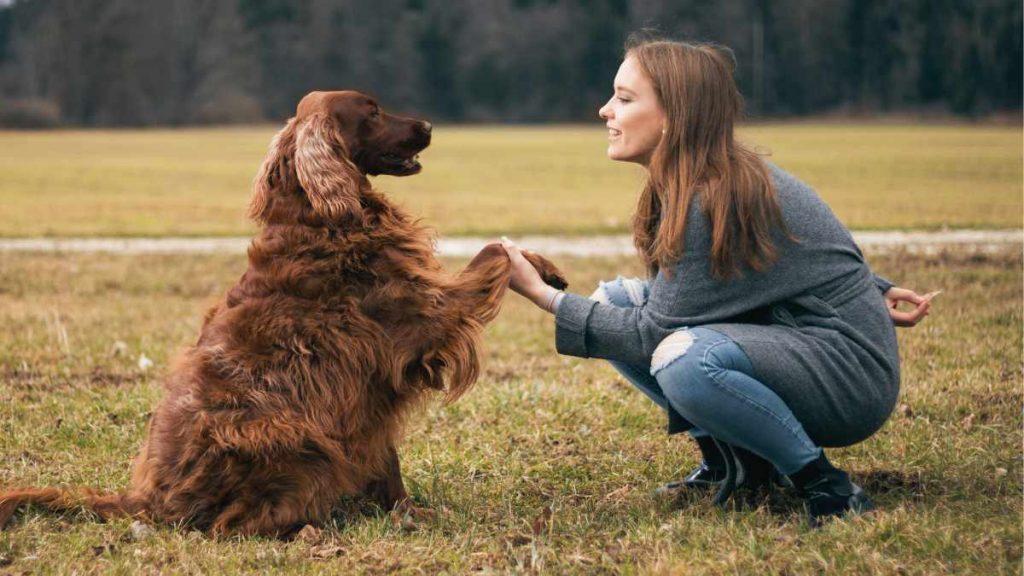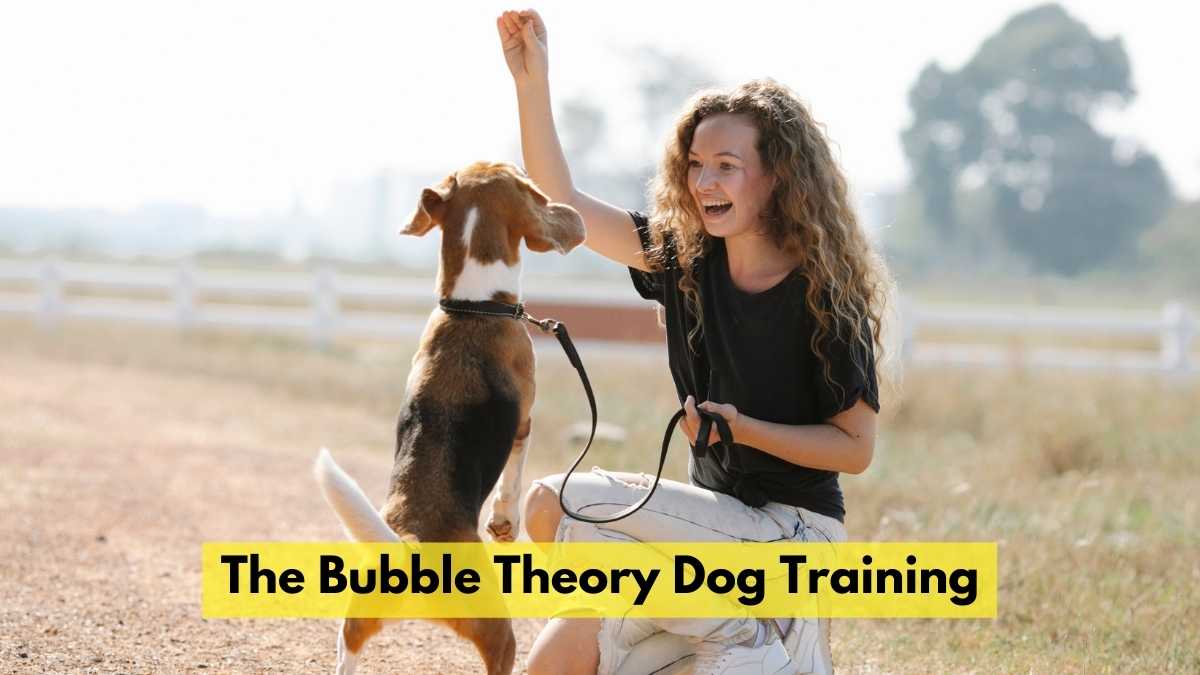When it comes to training our furry companions, it’s important to understand effective methods that can help us communicate with them. One such method gaining popularity is the Bubble Theory dog training. In this article, we will delve into the concept of the Bubble Theory, its significance, and how it can positively impact your dog’s training journey. By incorporating this theory into your training practices, you can create a safe and conducive environment for your dog to learn and thrive.
Table of Contents
What is the Bubble Theory Dog Training?
The Bubble Theory is a training approach that emphasizes the creation of a safe space, or “bubble,” for dogs. This theory recognizes that dogs, much like humans, have boundaries and personal space requirements. By understanding and respecting these boundaries, we can build trust and establish a strong foundation for training.
When we talk about the Bubble Theory, we are essentially referring to a dog’s personal space or comfort zone. Just like humans, dogs have their preferred distances and levels of comfort with other individuals or animals. By recognizing and respecting their bubble, we can create an environment where dogs feel safe, secure, and more receptive to learning.
How Does the Bubble Theory Work in Dog Training?
To effectively implement the Bubble Theory dog training, it’s crucial to understand its key principles. Body language and energy play a significant role in creating a dog’s bubble. Dogs are highly perceptive creatures and can pick up on our emotions and non-verbal cues. By projecting calm, confident energy, we can help establish a positive bubble around us and our dogs.
Positive reinforcement is another essential aspect of the Bubble Theory. Reward-based training methods within the bubble help motivate dogs to perform desired behaviors. By using treats, praise, or play, we can reinforce their positive actions, creating a stronger bond and encouraging further learning.
Applying the Bubble Theory to Common Training Scenarios

1. Leash Training and Walking
Leash training can sometimes be a challenging endeavor, with dogs pulling or becoming easily distracted. By incorporating the Bubble Theory, we can set boundaries and manage distractions effectively. Establishing consistent expectations during walks and maintaining a clear bubble around ourselves and our dogs will help them focus on the task at hand and reduce unwanted behaviors.
2. Addressing Fear and Anxiety in Dogs
Many dogs experience fear and anxiety in certain situations, such as encountering new environments or meeting unfamiliar people or animals. By using the Bubble Theory, we can create a safe space where dogs feel protected and secure. Gradual exposure, positive reinforcement, and maintaining a calm bubble can help dogs overcome their fears and build confidence.
3. Managing Dog-to-Dog Interactions
Interactions with other dogs can sometimes be unpredictable, leading to anxiety or aggression. By applying the Bubble Theory, we can establish boundaries and manage these interactions more effectively. Understanding and respecting each dog’s bubble, providing proper introductions, and monitoring their body language can prevent conflicts and promote positive socialization.
Tips for Implementing the Bubble Theory Dog Training
1. Creating and Maintaining the Bubble
Consistency is key when implementing the Bubble Theory. Set clear boundaries for your dog, both at home and in public spaces. Use positive reinforcement to reward desired behaviors within the bubble, reinforcing the notion of a safe space. Be patient and understanding as your dog adjusts to these new boundaries.
2. Professional Trainers and Resources
If you’re new to dog training or need additional guidance, consider seeking help from professional trainers who specialize in the Bubble Theory. They can provide valuable insights, techniques, and resources to enhance your training experience. Books, online courses, and reputable websites can also serve as excellent sources of information.
FAQ
1. How long does it take to see results using the Bubble Theory?
The timeline for seeing results may vary depending on several factors, including your dog’s temperament, history, and your consistency in applying the Bubble Theory. Generally, with patience and consistent training, you can expect to see improvements over a few weeks to a few months.
2. Can the Bubble Theory be applied to older dogs?
Absolutely! The Bubble Theory is suitable for dogs of all ages. While it may take some time for older dogs to adjust to new training methods, the Bubble Theory can help create a positive and safe environment for them to learn and grow.
Conclusion
Incorporating the Bubble Theory into your dog training practices can revolutionize the way you communicate with your furry friend. By understanding and respecting their personal space, using positive reinforcement, and managing interactions effectively, you can create a safe and conducive environment for training. Remember to project calm energy, set clear boundaries, and seek professional guidance when needed. Embrace the Bubble Theory and witness the positive impact it can have on your dog’s training journey.
You May Also Like:
Why Does My Dog Sleep Between My Legs: Unraveling the Mystery (5 Reasons)
Is Your Dog Jumping Up on People: Effective Training Tips and Techniques To Stop Your Dog


2 thoughts on “The Bubble Theory Dog Training: A Comprehensive Guide for Dog Owners”